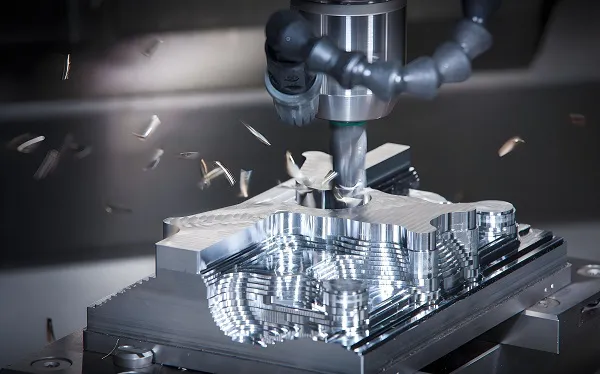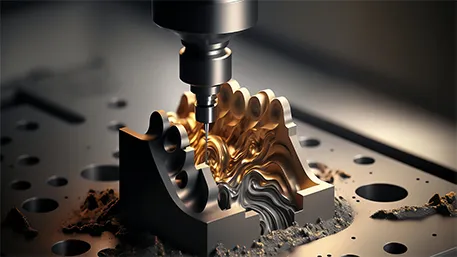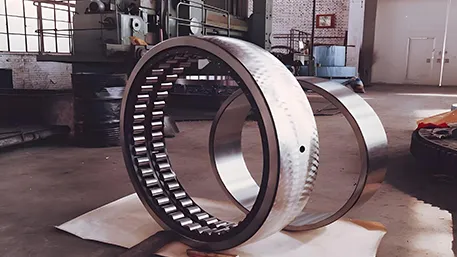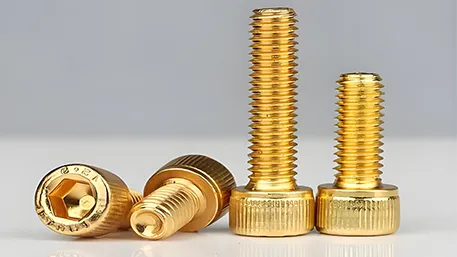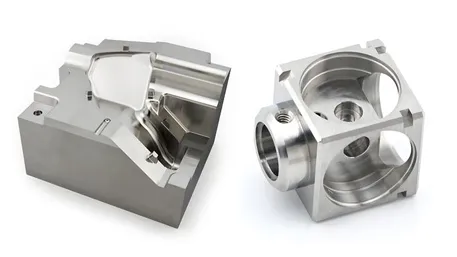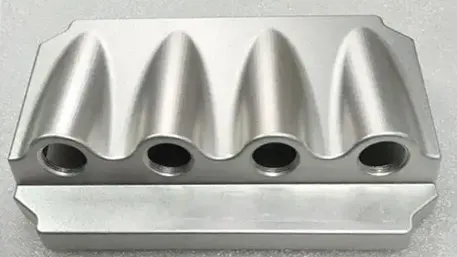In modern manufacturing, 5-axis CNC machining technology is leading a revolution in precision and efficiency. 5-axis CNC parts, with their outstanding performance and complex processes, have become the favorites in the high-end manufacturing field.
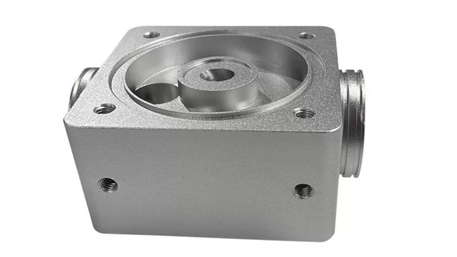
Principles of 5-Axis CNC Machining
5-axis CNC machining refers to adding two rotational axes (A, B, or C axis) on the basis of the three linear axes (X, Y, Z). These two rotational axes allow the tool or workpiece to perform cutting in a more flexible posture in space, thereby enabling the machining of parts with complex shapes and high-precision requirements.
Advantages of 5-Axis CNC Parts
Higher precision: By reducing the number of clamping times and avoiding the accumulation of multiple positioning errors, 5-axis machining can achieve higher dimensional and geometric accuracies. For example, in the aerospace field, the machining accuracy of engine blades can reach the micron level.
Complex shape processing capability: It can easily handle various complex shapes such as free-form surfaces, deep cavity structures, and undercuts, such as the complex cavities in automotive molds.
Improved processing efficiency: Since the tool can cut at the optimal angle, the number of tool passes and idle strokes are reduced, thereby greatly shortening the processing time.
Improved surface quality: The contact angle between the tool and the workpiece surface is more optimized, reducing tool vibration and thereby obtaining a smoother and more refined surface.
Application Fields of 5-Axis CNC Parts
Aerospace: Manufacturing key components such as aircraft engine impellers, blades, and integral blisks. These parts usually have complex shapes and strict precision requirements.
Automotive industry: Producing automotive engine blocks, cylinder heads, molds, etc., to improve automotive performance and lightweighting of components.
Medical industry: Machining high-precision and high-surface-quality parts such as artificial joints and medical device components.
Energy field: Manufacturing of large parts such as wind turbine blades and water turbine blades.
Key Technologies of 5-Axis CNC Machining
CAM programming: 5-axis programming is much more complex than traditional 3-axis programming, requiring consideration of multiple factors such as tool paths, rotational axis movement, and interference checks.
Tool selection and optimization: Select the appropriate tool according to the part material and shape, and optimize parameters such as tool length, diameter, and number of cutting edges.
Machine tool structure and accuracy: The structural rigidity, motion accuracy, and thermal stability of the machine tool have significant influences on the processing quality.
Tooling and fixture design: Ensure the stable clamping of the part during the processing and at the same time not impede the movement of the tool.
Machining Process of 5-Axis CNC Parts
Process analysis: Conduct a detailed analysis of the part drawing to determine the processing method, tool path, and cutting parameters.
Clamping and positioning: Select the appropriate clamping method to ensure the positioning accuracy and repeat positioning accuracy of the part.
Tool path generation: Use CAM software to generate an optimized tool path and conduct simulation verification.
Processing process monitoring: Monitor parameters such as cutting force, temperature, and vibration in real-time and adjust the processing parameters promptly.
Quality inspection: Use high-precision inspection equipment such as coordinate measuring machines to inspect the parts to ensure they meet the design requirements.
Future Development Trends
With the continuous development of intelligent manufacturing technology, 5-axis CNC machining will develop in the direction of intelligence, automation, and high efficiency. For example, through the combination with artificial intelligence and big data technology, adaptive control and optimization of the processing process can be achieved; using industrial Internet technology, remote monitoring and maintenance of machine tools can be realized.

